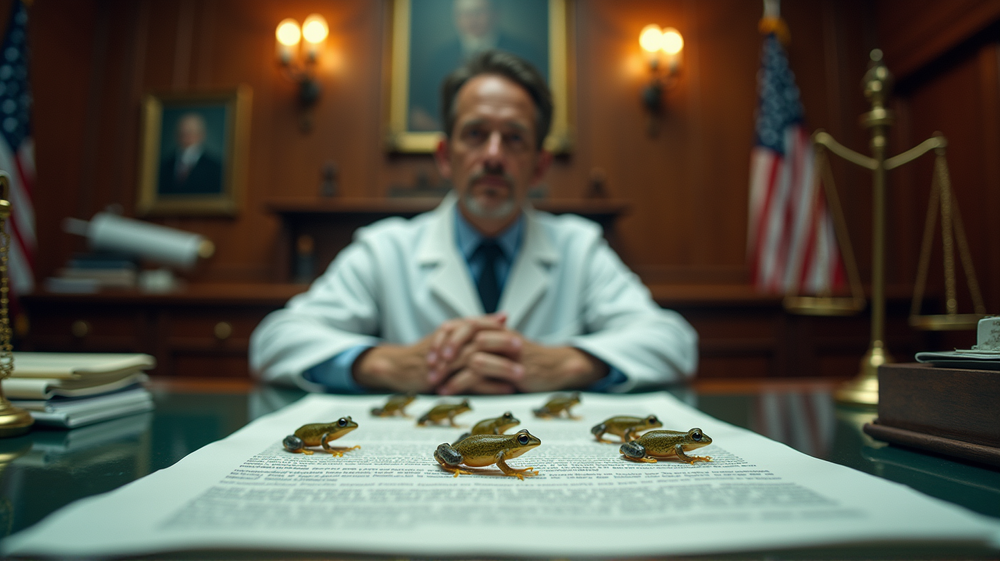In a gripping turn of events, a Harvard University researcher, Russian-born Kseniia Petrova, found herself at the center of a legal storm as a Vermont judge ordered her release from immigration custody. Petrova, known for her pioneering work in biomedical research, faced charges of attempting to smuggle frog embryos into the United States—a claim that has stirred discussions across the scientific and legal communities.
Science Behind Bars: A Researcher’s Narrative
Petrova’s research, described by biotech industry expert Michael West as “excellent science,” focuses on understanding embryonic development to discover new ways of tackling aging and regenerative processes. Her work is seen as invaluable in advancing cures for cancer, with West expressing a keen interest in collaborating with her.
The Legal Labyrinth: Navigating Accusations
Petrova’s arrest occurred at Boston Logan International Airport, where customs officials alleged she failed to declare biology samples obtained during a stop in France. Petrova defended her actions, stating she inadvertently overlooked declaration requirements, a claim supported by the Vermont court ruling. According to Times Colonist, the judge ruled her detention unlawful, declaring the embryos non-hazardous and posing no threat.
Judicial Intervention: A Controversial Decision
Judge Christina Reiss ruled that immigration officers had overstepped their bounds in detaining Petrova, emphasizing her lack of threat to public safety. Yet the potential looms of ICE reconsidering its actions, with the DOJ attorney indicating no current plans for re-arrest.
Ethical Dilemmas: Science vs. Policy
The incident has opened wider dialogues on the intersection of scientific research and national security. Critics argue about the ethical implications and procedural adherence, questioning whether the pursuit of science can come into conflict with immigration laws.
Harvard’s Stance: Waiting and Watching
Harvard University maintains a watchful eye, continuing to support Petrova as developments unfold. The scenario underscores the tension scientists may face when operating at the frontier of discovery, underlining the delicate balance between innovation and regulatory compliance.
The case of Kseniia Petrova raises critical questions about legal practices related to scientific materials and their movement across borders, hinting at a future of intricate negotiations between law and life science. The story resonates beyond the walls of academia, challenging us to consider what boundaries innovation should transcend.












